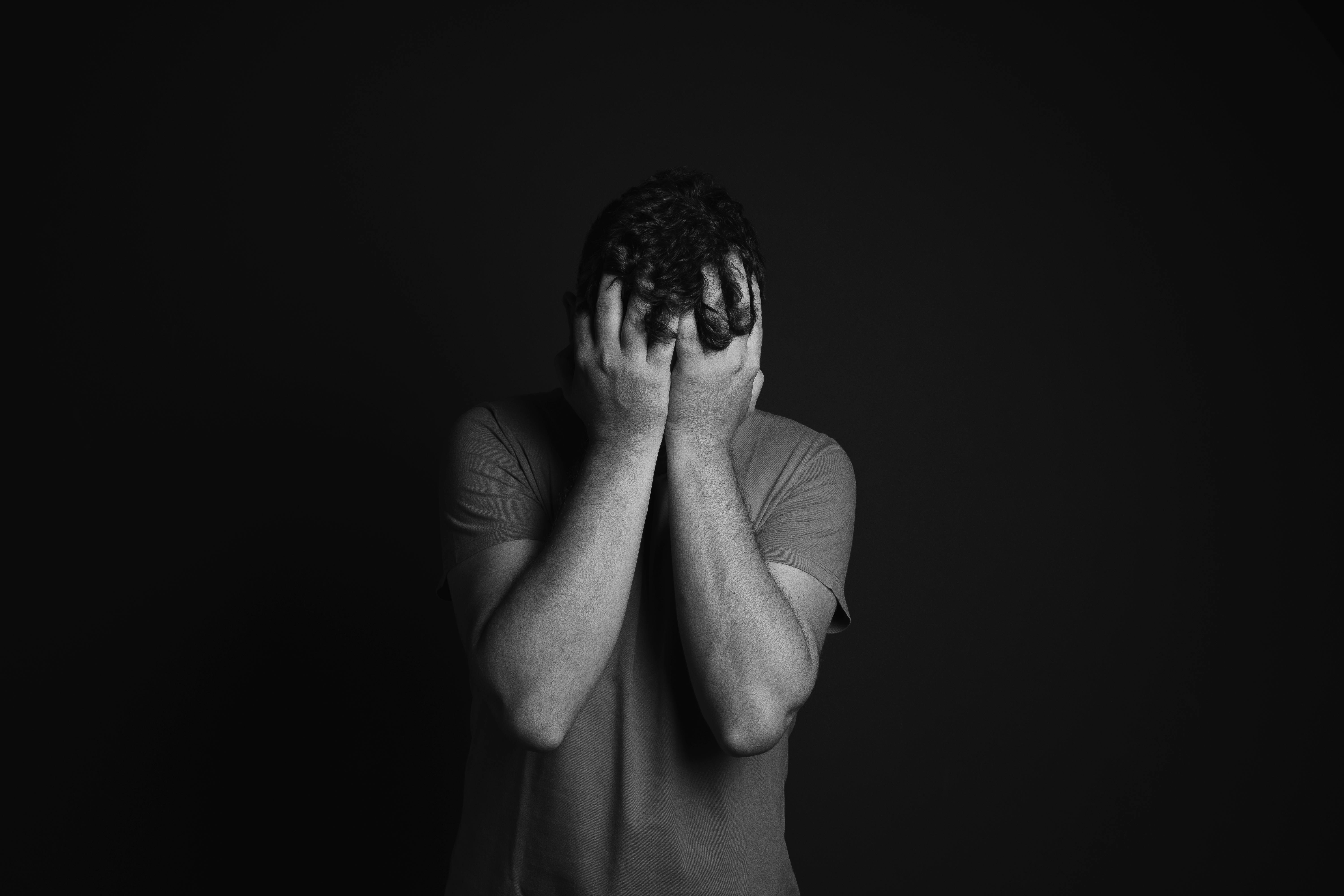Legal Defense Fund: Contesting Restraining Order
A restraining order has been filed containing serious allegations. I am contesting this order through proper legal channels with representation by counsel.
What I'm Raising Funds For
Attorney fees, filing fees, and related legal costs to:
- Contest the restraining order
- Pursue legal review of the proceeding
- File necessary motions and appeals
- Obtain expert review where appropriate
- Cover all court costs and legal expenses
Estimated need: $10,000
Fund Management & Transparency
- • All funds managed through legal counsel
- • Used solely for attorney fees, filing fees, court costs, and expert review
- • Any unused funds will be returned to donors or redirected per donor consent
- • Regular updates provided as permitted by legal proceedings
Background Context
This case involves a Good Samaritan situation where help was provided to someone in distress. The situation has resulted in legal proceedings that require professional legal representation to resolve properly.
All actions will be pursued through appropriate legal channels including motions, appeals, or other review procedures as advised by counsel.


